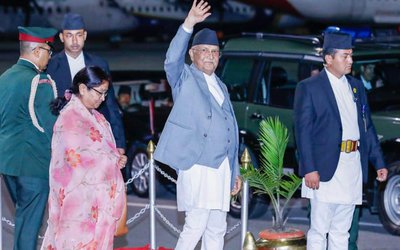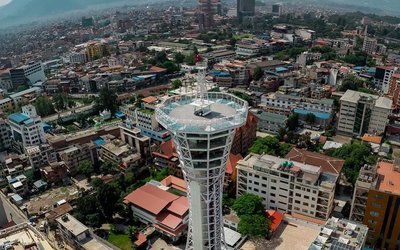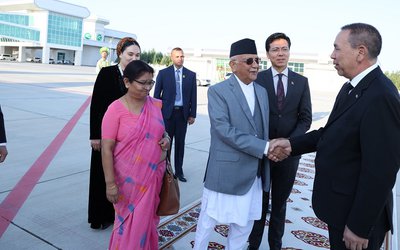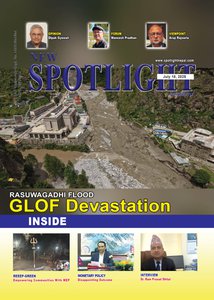Our neighbourhood is once again in the state of selective aerial embargo. It is nothing new as we still have much severe aerial embargos between most of the European countries and Russia. Blaming Russia for having started the Ukraine war, Russian airlines were banned from the European skies and Russia reciprocated the gesture. It was a big loss for both sides as shortest route to east Asia through Russia was effectively off, while Russian airlines had no European destinations to fly to. Thought not barred airlines of Japan and South Korea volunteered to not overfly Russia. It was the same story with US and Russian airspaces. The situation offered a great advantage for the Chinese and Indian airlines in their flights to US/Europe. And it was so stupid that the USA complained about the uneven “flying” field as its airlines were grossly disadvantaged.
Talking about distance, a common school atlas, makes a good representation, but can’t be relied to measure distances. Map projections come with embedded errors, as areas in extreme north/south latitudes get unduly elongated, while those near around equatorial regions get compressed. That is why Greenland, though much smaller, looks bigger than South American. The concept of “the great circle distance” which is measured along the earth’s curvature as shown in the sketch here. Airways are generally planned along shortest possible path.
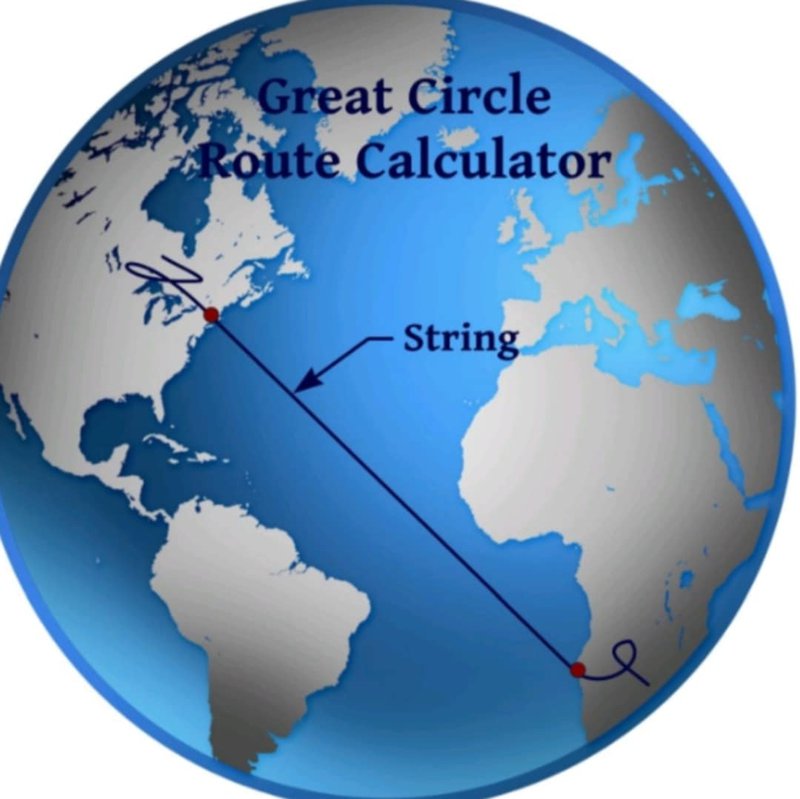
An aircraft is required to carry fuel not just to reach their destinations but also have enough of it for unforeseen circumstances. Keeping that in mind, it is ideal to carry as much “payload” (pax+cargo) as practically possible. At times like current embargo, airlines are forced to cut down on payload, if not, they have to make midway stopover to take more fuel etc. Both are costly options, and it is taking a toll on airlines besides causing unnecessary hassle and complications.
There was a long blockade episode in 2017 imposed by Saudi Arabia (KSA) and smaller GCC countries against Qatar for having “supported terrorism”. Basically, the blockade was the result of inherent tussle between the Shiite and Sunni sects of Islam. KSA, a Sunni kingdom, was/is a “regional bully” because of its “big, rich and powerful” image, helped by American pampering. This case was interesting because small Qatar, the world's fourth-largest natural gas producer, was too hard a nut to crack despite the severity of long and total blockade. It ended diplomatically after about three and half years in 2021. The long blockade barred Qatari airlines suffered most as it needed to fly longer routes on its way to Europe and African destinations.
Coming back to the present, this is not the first time Pakistan has closed its airspace in response to Indian actions. It had done so during the Kargil (1999) conflict and again after the Pulwama (2019) attack. It had a much wider implication, as the Pakistani airspace was also effectively shut for other airlines (non-Indian) flying to Indian destinations then. The same is being enacted once again following April 22 Pahalgam incident with India imposingsofter punitive measures and Pakistan so far. Pakistan, in its turn, has resorted to imposing overflight ban, but only against Indian registered airlines this time and is notified to be effective until 23 May.
It will depend on what India does next, if the situation gets worse, then the ban will obviously be extended. Until now, there has been much sabre rattling particularly on Indian side and it looks increasingly likely that some form of military actions will follow soon. And if so, it is more likely to exacerbate the already bad situation than mitigate it.
Another aspect of flight ban is that it also hurts the imposing country in terms of loss of substantial revenue for having provided overflying rights and enroute navigation facilities. As per the claim of an Indian paper, Pakistan was set to lose millions because of the closure as charge for a B737 transiting Pakistani airspace was about $580, andhigher for larger aircraft. It was estimated that daily losses from overflight charges alone were about $232,000. And with terminal navigation and other charges added, the daily loss would be much more.It claimed that about 800 Indian carrier flights over Pakistan every day. Pakistani paper, on the other hand claimed, “Airspace closure hits Indian flights hard, sparks wider fallout” and adds around 200 to 300 Indian flights used Pakistani airspace every day. Strange, either sides do not talk about their own losses.
But during the period after Americans abandoned Afghanistan with tail between its legs in August of 2021, flights through Afghanistan was disrupted for a long period of time. No one was sure how would Taliban treat overflights as Afghans had no functioning agency overseeing flight management. But the very critical narrow land mass going by the name “Wakhan corridor”, on its north-east corner, was too difficult to be ignored for long. Reason, through Wakhan passes the airway P500/Z407 that provided the vital link to north Europe and beyond from south and Southeast Asia.
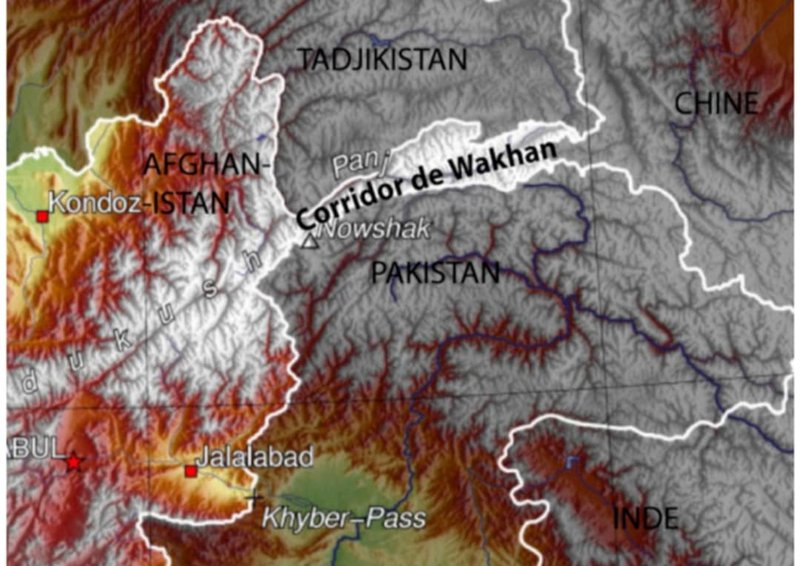
It was unlikely that Afghans had any interest in shooting down a passenger liner, but still “trespassing” was a big risk. While most Asian airlines found a way to cross by switching off their transponder, perhaps taking solace that it was too far removed from the bulk of Afghanistan, hence assumed safe. But the American airlines needed FAA authorisation to venture across. Afghanis could still throw the air travel in turmoil if it chooses to act like a strict gate keeper. The narrow appendage bound by Pakistan, Tajikistan and China is too critical a passage from that angle. It is all the more prudent for every country in the region to not rock the boat too violently.
Hemant Arjyal can be reached at harjyal@yahoo.com
- One Trick Ponies
- Jun 10, 2025
- No Wonder, Its Mad March
- Mar 12, 2025
- The Pinhole Image
- Feb 04, 2025
- Not Just Deadline Overrun
- Aug 31, 2024
- The Rot Overhead
- Aug 03, 2024


